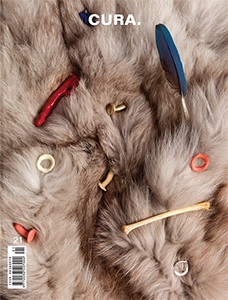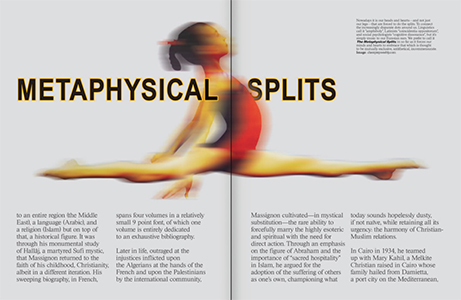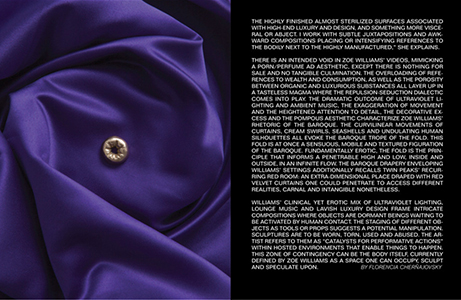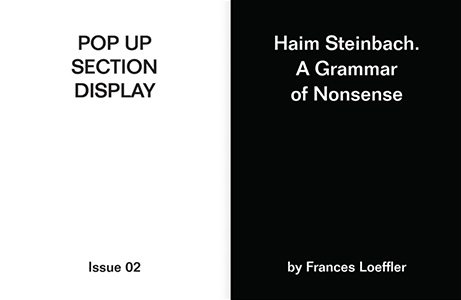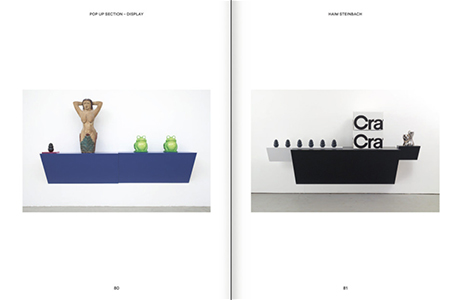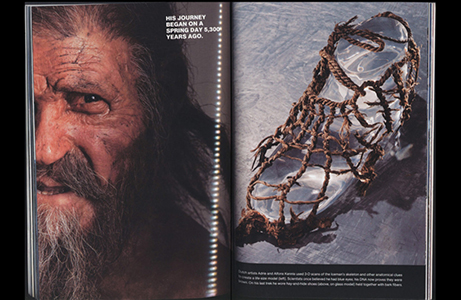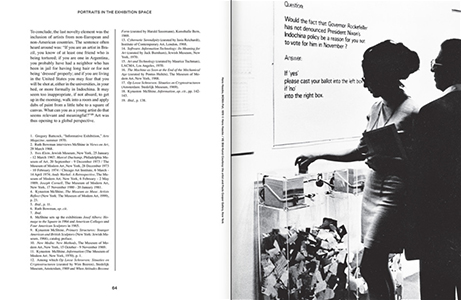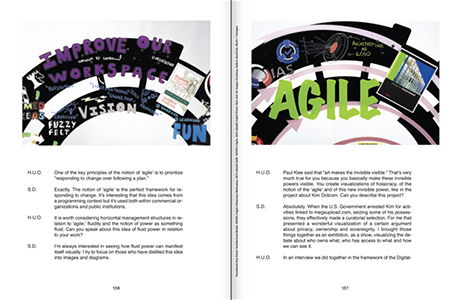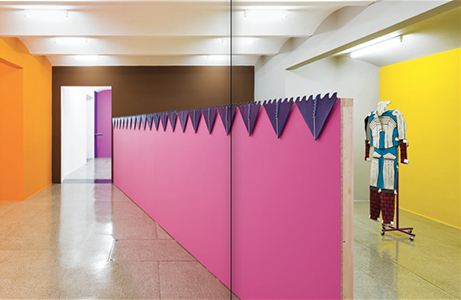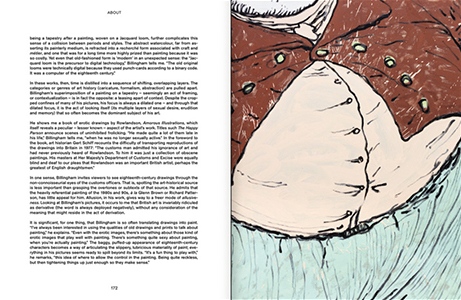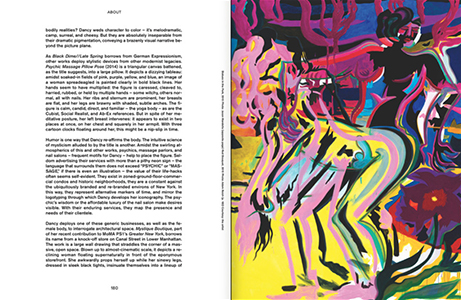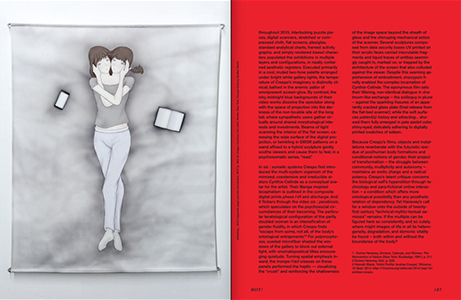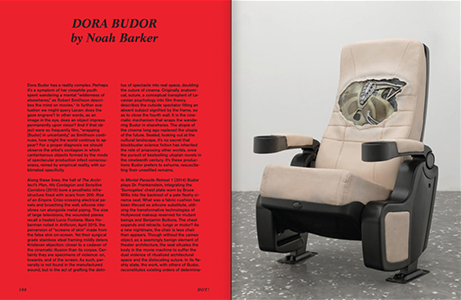Projects, texts, visual essays and conversations with about thirty international artists, curators, critics and authors.
A group of 30 artists, curators and authors has joined the CURA. team to build a new wonderful collection of artworks, ideas and contents about contemporary art practices. Body, identity, feminism, humor, information technology, display, language… are just some of the main themes developed throughout the pages of
CURA.
The cover was commissioned to UK artist Zoe Williams. Her “bodily landscapes,” described by Florencia Cherñajovsky, combine allegorical symbolism, advertising aesthetics, and baroque rhetoric.
Among the figures who have had a prominent role in the new curatorial practices during the 20th century, Lorenzo Benedetti dedicates his “portrait in the exhibition space” to Kynaston McShine, whose renowned projects—such as
Primary Structures,
Information or
Museum as Muse.
Artists Reflect—have contributed to form the new perspectives of current curatorial investigation and practice.
Jean-Max Colard, in the frame of his section on “Exhibition Literature,” comes back to the idea of the exhibition as poem. Following the thread that binds together theoretical analyses (Barthes, Bailly,
Nancy, amongst others), curatorial experiments (
Szeemann, above all), and artistic production (from
Broodthaers to Kiaer), he emphasizes the “dislogical space” of poetry applied to exhibition models.
The POP UP section continues with its focus on the key topic of “display.” Frances Loeffler proposes a thorough investigation about one of the leading artistic figures of the last decades, Haim Steinbach. His research on the articulations and reasons of objects' and words' arrangement is a fascinating example of how the questions of belonging, memory, desire can give shape to a new “order of things.”
For the artists' projects
Slavs and Tatars explore “mystical substitution,” carried out through texts and images revolving around the figure of French orientalist Louis Massignon.
Puppies Puppies visual project focuses on paleontological and archeological issues. What's the secret prehistoric men still hold?
Myriam Ben Salah delves into Andra Ursuta's research and highlights her powerful visualization of personal/collective history and identity. In her works, obsession with death, violence and apocalyptic situations go together with a mordant humor and create the disquieting setting for a lucid, honest and challenging artistic production. Martha Kirszenbaum directs her attention on the work of Belgian-American artist
Cécile B. Evans, who explores “the significance and role of emotion in contemporary societies and the increasing influence of new technologies on our feelings and actions.” Evans' video installations expand the boundaries of Internet-related artistic research, by stressing the importance of human values, experiences and ideas in the technological landscape.
Dialogical exchange is often the best way of understanding the multilayered aspects of an artist's research. That's the case of the transcribed conversation “on the move” between
Hans Ulrich Obrist and
Simon Denny, which shows us the varied conceptual sources of the artist's works and projects, dealing with economical, technological, and political issues. “Holacracy,” “agile,” power, visibility, invisibility… are just some of the keywords of this absorbing exchange of ideas.
João Mourão and Luís Silva, within their “a visit to” series of conversations, penetrate into Emily Roysdon's solo exhibition project
Comedy of Margin Theatre, held at Secession, Vienna. Following the curators' reflections and comments, the artist guides us in her “exhibition space,” meant both as the actual spatial organization of the show and as the conceptual and visual framework of the whole project.
Do you want to take a look at the hottest names of contemporary art scene? In the final HOT! section of the magazine we suggest some picks to keep your eye on! Andrea Crespo (presented by Kari Rittenbach), Dora Budor (by Noah Barker), Emily Mae Smith (by Laura Phipps and Elisabeth Sherman), and
Melanie Matranga (by Déborah Laks).

